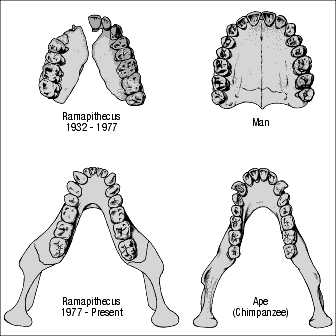24. The Cambrian Explosion

Figure 12: Insect in Amber. The best-preserved fossils are encased in amber, protected from air and water, and buried in the ground. Amber, a golden resin (similar to sap or pitch) usually from conifer trees, such as pines, may also contain other preservatives. Significantly, no transitional forms of life have been found in amber, despite evolutionary-based ages of 1.5 – 300-million years. (According to evolution, there should be millions.) Animal behaviors, unchanged from today, are seen in three-dimensional detail. For example, ants in amber show the same social and work patterns as ants today.
Experts bold enough to explain how these fossils formed say that hurricane-force winds must have snapped off trees at their trunks, causing huge amounts of resin to spill out and act like flypaper. Debris and small organisms were blown into the sticky resin, which was later covered by more draining resin and finally buried. (Part II of this book will show that such conditions arose as the flood began.)
In a clean-room laboratory, 30 – 40 dormant, but living, bacteria species were removed from intestines of bees encased in amber from the Dominican Republic. When cultured, the bacteria grew! [See “Old DNA, Bacteria, and Proteins?” on page 37.] This amber is claimed to be 25–40-million years old, but I suspect it formed at the beginning of the flood, only thousands of years ago. Is it more likely that bacteria can be kept alive thousands of years or many millions of years? Metabolism rates, even in dormant bacteria, are not zero.

Figure 12: Insect in Amber. The best-preserved fossils are encased in amber, protected from air and water, and buried in the ground. Amber, a golden resin (similar to sap or pitch) usually from conifer trees, such as pines, may also contain other preservatives. Significantly, no transitional forms of life have been found in amber, despite evolutionary-based ages of 1.5 – 300-million years. (According to evolution, there should be millions.) Animal behaviors, unchanged from today, are seen in three-dimensional detail. For example, ants in amber show the same social and work patterns as ants today.
Experts bold enough to explain how these fossils formed say that hurricane-force winds must have snapped off trees at their trunks, causing huge amounts of resin to spill out and act like flypaper. Debris and small organisms were blown into the sticky resin, which was later covered by more draining resin and finally buried. (Part II of this book will show that such conditions arose as the flood began.)
In a clean-room laboratory, 30 – 40 dormant, but living, bacteria species were removed from intestines of bees encased in amber from the Dominican Republic. When cultured, the bacteria grew! [See “Old DNA, Bacteria, and Proteins?” on page 37.] This amber is claimed to be 25–40-million years old, but I suspect it formed at the beginning of the flood, only thousands of years ago. Is it more likely that bacteria can be kept alive thousands of years or many millions of years? Metabolism rates, even in dormant bacteria, are not zero.
The “evolutionary tree” has no trunk. In what evolutionists call the earliest part of the fossil record (generally the lowest sedimentary layers of Cambrian rock), life appears suddenly, full-blown, complex, diversified,a and dispersed —worldwide.b Evolution predicts that minor variations should slowly accumulate, eventually becoming major categories of organisms. Instead, the opposite is found. Almost all of today’s plant and animal phyla—including

Figure 13: Ramapithecus. Some textbooks still claim that Ramapithecus is man’s ancestor, an intermediate between man and some apelike ancestor. This mistaken belief resulted from piecing together, in 1932, fragments of upper teeth and bones into the two large pieces shown in the upper left. This was done so the shape of the jaw resembled the parabolic arch of man, shown in the upper right. In 1977, a complete lower jaw of Ramapithecus was found. The true shape of the jaw was not parabolic, but rather U-shaped, distinctive of apes.